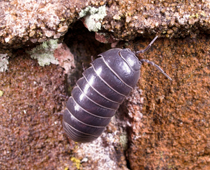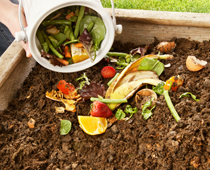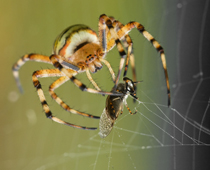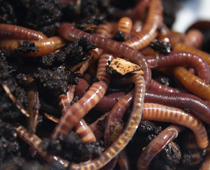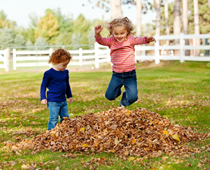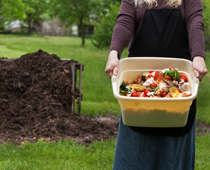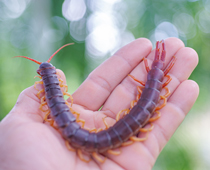
Ask the AI Tutor
Need help with Living Things - Minibeasts and Micro-Habitats? Ask our AI Tutor!
AI Tutor - Lucy
Connecting with Tutor...
Please wait while we establish connection
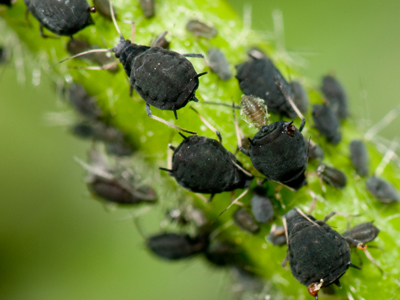
Aphids live on plants. Where do other mini-beasts like to live?
Living Things - Minibeasts and Micro-Habitats
Discover where tiny minibeasts live, from logs and leaves to cracks in walls, and learn how these micro-habitats keep them safe, fed, and hidden.
1 .
2 .
3 .
Sarah is a gardener. She has a compost heap. She puts dead plants on her compost heap. She puts leaves on her compost heap. She puts vegetable peelings on her compost heap. Which one of these animals likes to live in her compost heap?
Cat
Dog
Sparrow
Beetle
All kinds of minibeasties love to live in compost heaps. They eat the rotting leaves and dead plants. It is warm and dark, and there is lots of food
4 .
This spider eats flies. The spider catches flies in its web. Where is the best place for the spider to build its web?
In the soil
Under a stone
Inside a house
On the outside of a house
The spider will catch a few flies inside a house. But there are far more flies outside. So the outside is the best place for this spider
5 .
6 .
7 .
8 .
Last year Anna and Bella were both given compost bins. Anna put more leaves and dead plants in her bin. Why are there more minibeasts in Anna’s compost bin?
Anna’s compost bin was colder
Anna’s compost bin was drier
Anna’s compost bin was smaller
Anna’s compost bin contained more food
Minibeasts like to live where it is warm and there is lots to eat
9 .
**Unlimited Quizzes Await You! 🚀**
Hey there, quiz champ! 🌟 You've already tackled today's free questions.
Ready for more?
Ready for more?
🔓 Unlock UNLIMITED Quizzes and challenge yourself every day. But that's
not all...
not all...
🔥 As a Subscriber you can join our thrilling "Daily Streak" against other
quizzers. Try to win a coveted spot on our Hall of Fame Page.
quizzers. Try to win a coveted spot on our Hall of Fame Page.
Don't miss out! Join us now and keep the fun rolling. 🎉
**Unlimited Quizzes Await You! 🚀**
Hey there, quiz champ! 🌟 You've already tackled today's free questions. Ready for more?
🔓 Unlock UNLIMITED Quizzes and challenge yourself every day. But that's not all...
🔥 As a Subscriber you can join our thrilling "Daily Streak" against other quizzers. Try to win a coveted spot on our Hall of Fame Page.
Don't miss out! Join us now and keep the fun rolling. 🎉





